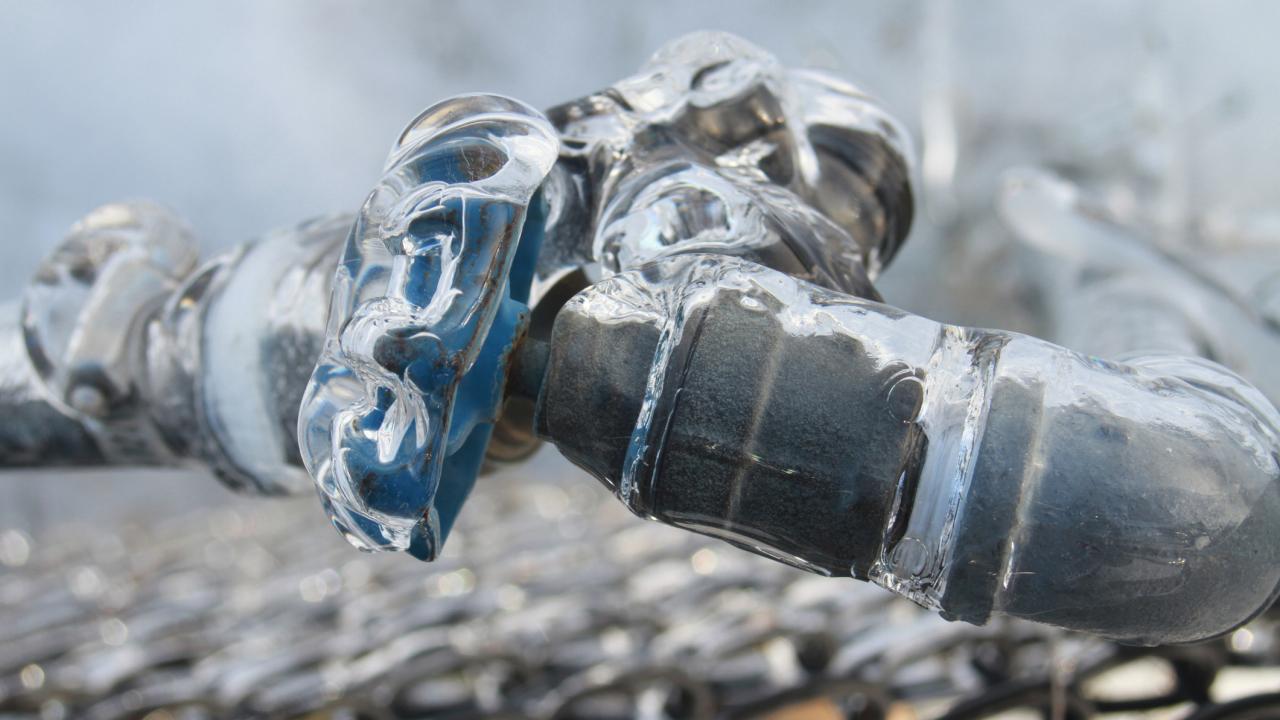Protecting Against Frozen Plumbing: Top Methods for Cold Weather
Protecting Against Frozen Plumbing: Top Methods for Cold Weather
Blog Article
Are you currently looking for guidance on How to Prevent Your Pipes From Freezing?

Winter can ruin your pipes, especially by freezing pipes. Here's exactly how to avoid it from happening and what to do if it does.
Introduction
As temperature levels drop, the threat of icy pipelines increases, possibly bring about expensive repair services and water damages. Recognizing just how to stop frozen pipes is important for home owners in chilly environments.
Prevention Tips
Insulating susceptible pipelines
Cover pipelines in insulation sleeves or use warm tape to secure them from freezing temperature levels. Focus on pipes in unheated or outside locations of the home.
Heating strategies
Maintain interior spaces appropriately heated up, particularly locations with plumbing. Open cabinet doors to permit cozy air to flow around pipes under sinks.
Just how to identify icy pipelines
Search for reduced water flow from taps, uncommon odors or sounds from pipes, and visible frost on revealed pipelines.
Long-Term Solutions
Architectural adjustments
Take into consideration rerouting pipelines away from exterior walls or unheated areas. Add additional insulation to attic rooms, basements, and crawl spaces.
Updating insulation
Invest in top notch insulation for pipes, attics, and walls. Correct insulation helps keep regular temperature levels and lowers the risk of frozen pipelines.
Safeguarding Exterior Plumbing
Yard pipes and exterior taps
Separate and drain yard tubes before winter. Install frost-proof spigots or cover outside taps with shielded caps.
Understanding Frozen Pipelines
What creates pipes to ice up?
Pipes freeze when exposed to temperature levels below 32 ° F (0 ° C) for expanded periods. As water inside the pipes freezes, it expands, taxing the pipeline walls and possibly triggering them to burst.
Dangers and damages
Icy pipes can bring about supply of water interruptions, residential or commercial property damages, and costly repair services. Burst pipes can flooding homes and cause considerable structural damages.
Signs of Frozen Piping
Determining icy pipes early can avoid them from bursting.
What to Do If Your Pipelines Freeze
Immediate activities to take
If you suspect frozen pipelines, maintain taps open up to eliminate pressure as the ice thaws. Make use of a hairdryer or towels soaked in hot water to thaw pipes slowly.
Verdict
Stopping icy pipelines calls for aggressive steps and fast feedbacks. By comprehending the causes, indications, and safety nets, homeowners can protect their plumbing during winter.
5 Ways to Prevent Frozen Pipes
Drain Outdoor Faucets and Disconnect Hoses
First, close the shut-off valve that controls the flow of water in the pipe to your outdoor faucet. Then, head outside to disconnect and drain your hose and open the outdoor faucet to allow the water to completely drain out of the line. Turn off the faucet when done. Finally, head back to the shut-off valve and drain the remaining water inside the pipe into a bucket or container. Additionally, if you have a home irrigation system, you should consider hiring an expert to clear the system of water each year.
Insulate Pipes
One of the best and most cost-effective methods for preventing frozen water pipes is to wrap your pipes with insulation. This is especially important for areas in your home that aren’t exposed to heat, such as an attic. We suggest using foam sleeves, which can typically be found at your local hardware store.
Keep Heat Running at 65
Your pipes are located inside your walls, and the temperature there is much colder than the rest of the house. To prevent your pipes from freezing, The Insurance Information Institute suggests that you keep your home heated to at least 65 degrees, even when traveling. You may want to invest in smart devices that can keep an eye on the temperature in your home while you’re away.
Leave Water Dripping
Moving water — even a small trickle — can prevent ice from forming inside your pipes. When freezing temps are imminent, start a drip of water from all faucets that serve exposed pipes. Leaving a few faucets running will also help relieve pressure inside the pipes and help prevent a rupture if the water inside freezes.
Open Cupboard Doors
Warm your kitchen and bathroom pipes by opening cupboards and vanities. You should also leave your interior doors ajar to help warm air circulate evenly throughout your home.

Do you really like reading up on Helpful Tips to Prevent Frozen Pipes this Winter? Make a remark directly below. We will be happy to see your feelings about this piece. We hope that you come back again soon. Be sure to take a moment to share this page if you appreciated it. Thank you for taking the time to read it.
Start Now Report this page